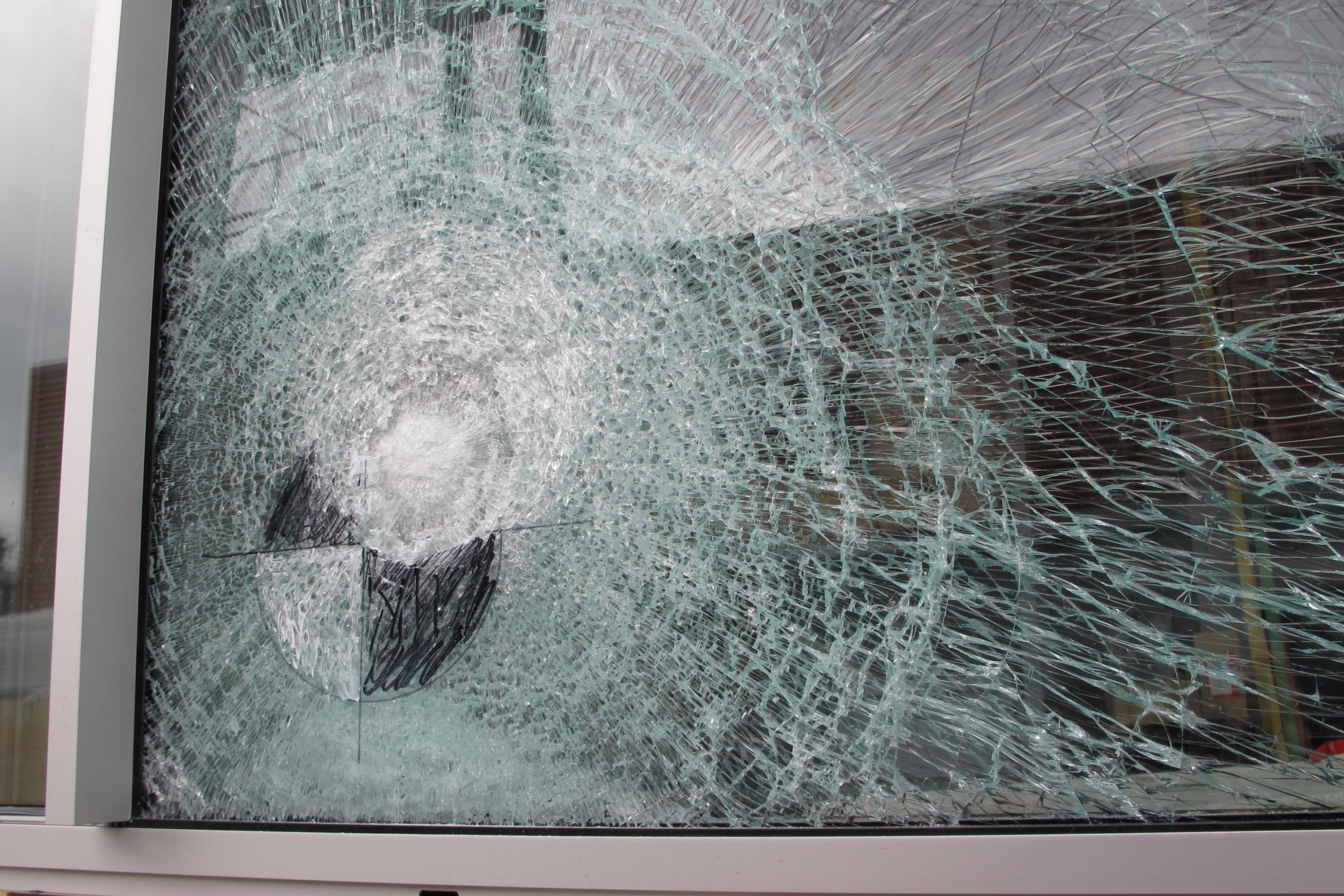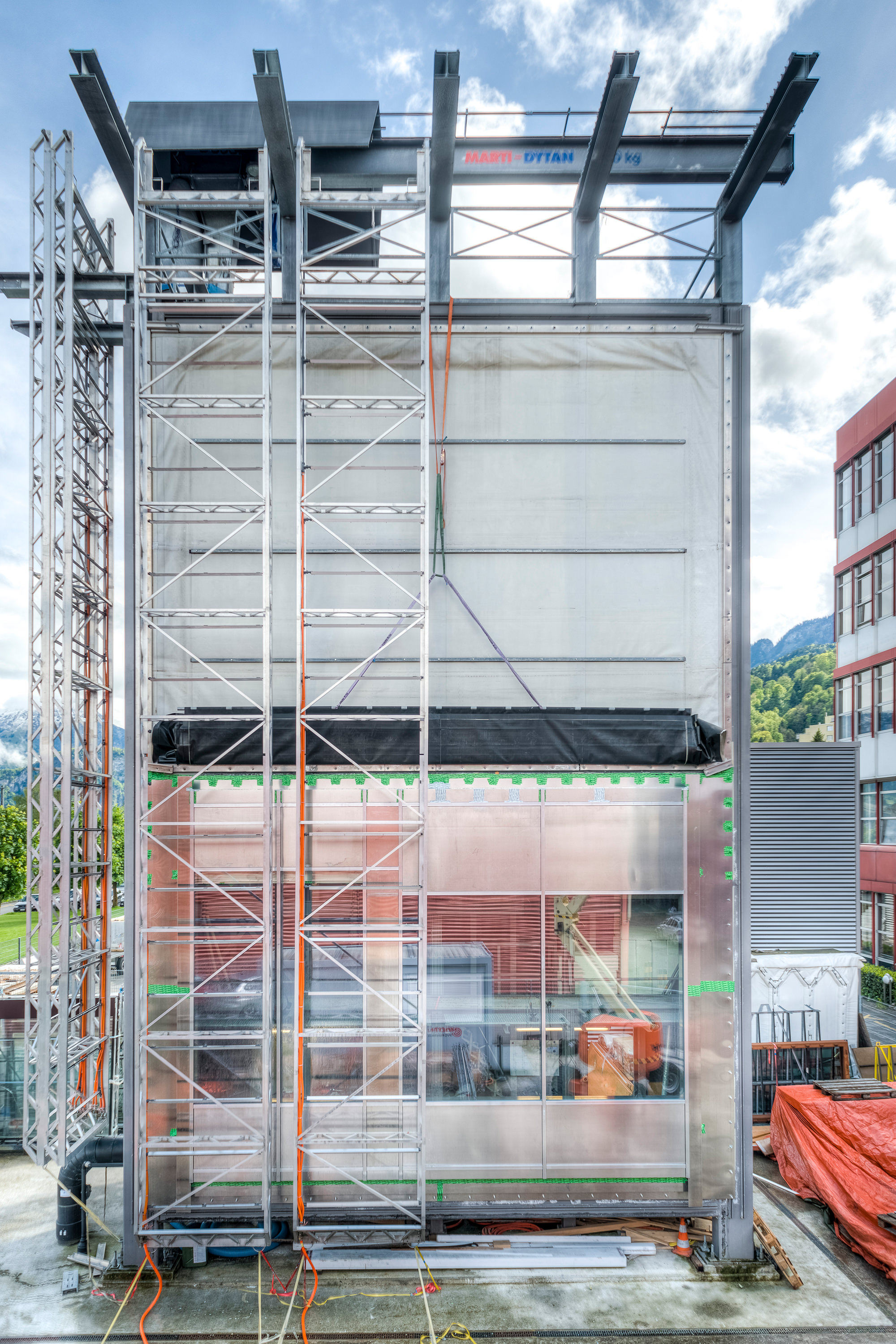From an environmental perspective, energy-efficient buildings only work if there is complete coordination between all the components, including the façade, and if the specified performance requirements are met. The enormous financial risk of an inadequately designed or executed façade is often underestimated. For example, too much air permeability and the façade can completely destroy the energy concept of a building; while a façade that is not fully watertight can result in considerable damage to the fabric of the building, and an insufficient load-bearing capacity can result in injury or even fatality.
It is for this reason that the legislation around construction products in Europe and Switzerland stipulates that anyone who markets windows or façades must submit a "declaration of performance" stating the properties of the product.
It is for this reason that the legislation around construction products in Europe and Switzerland stipulates that anyone who markets windows or façades must submit a "declaration of performance" stating the properties of the product.



